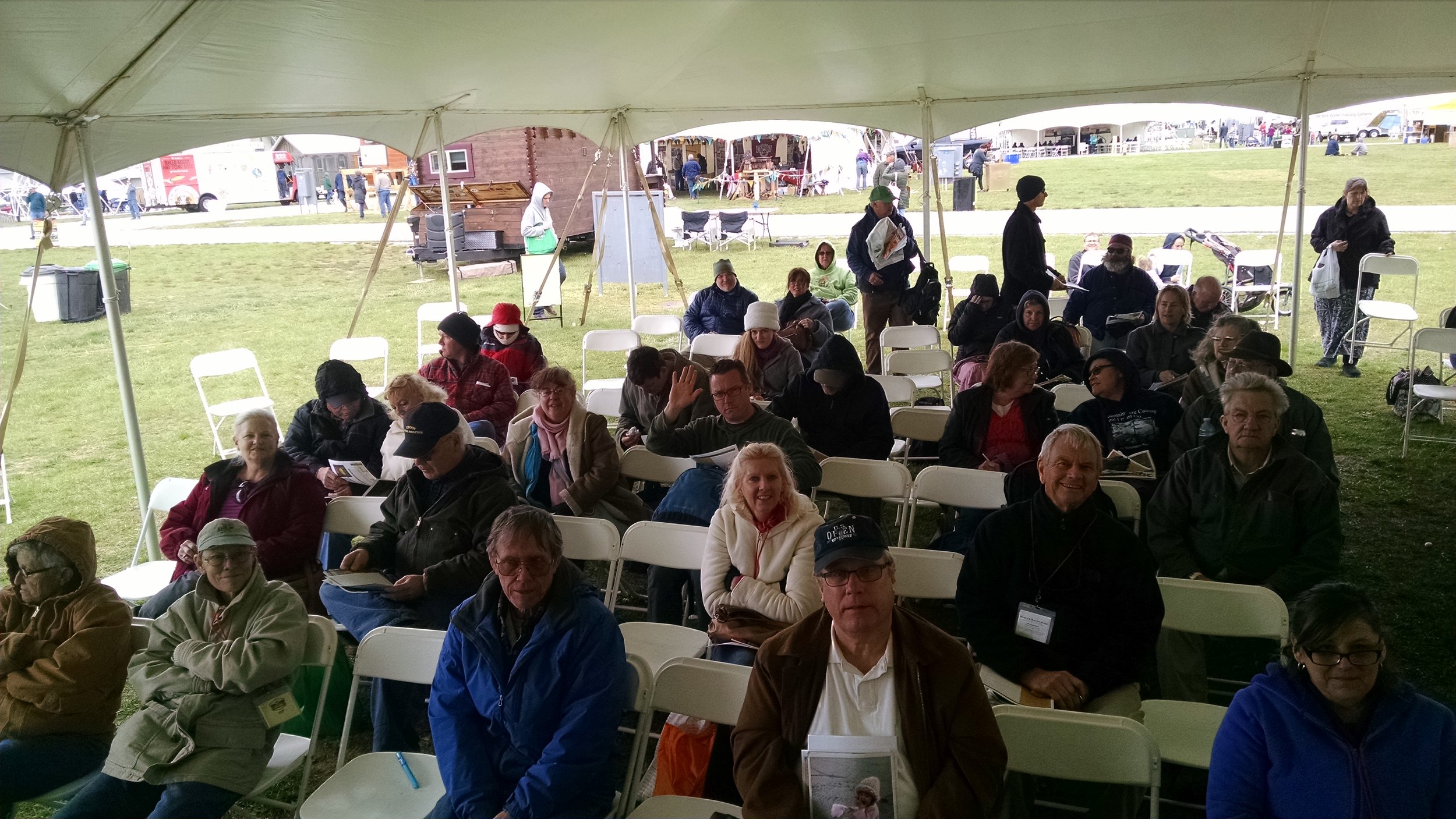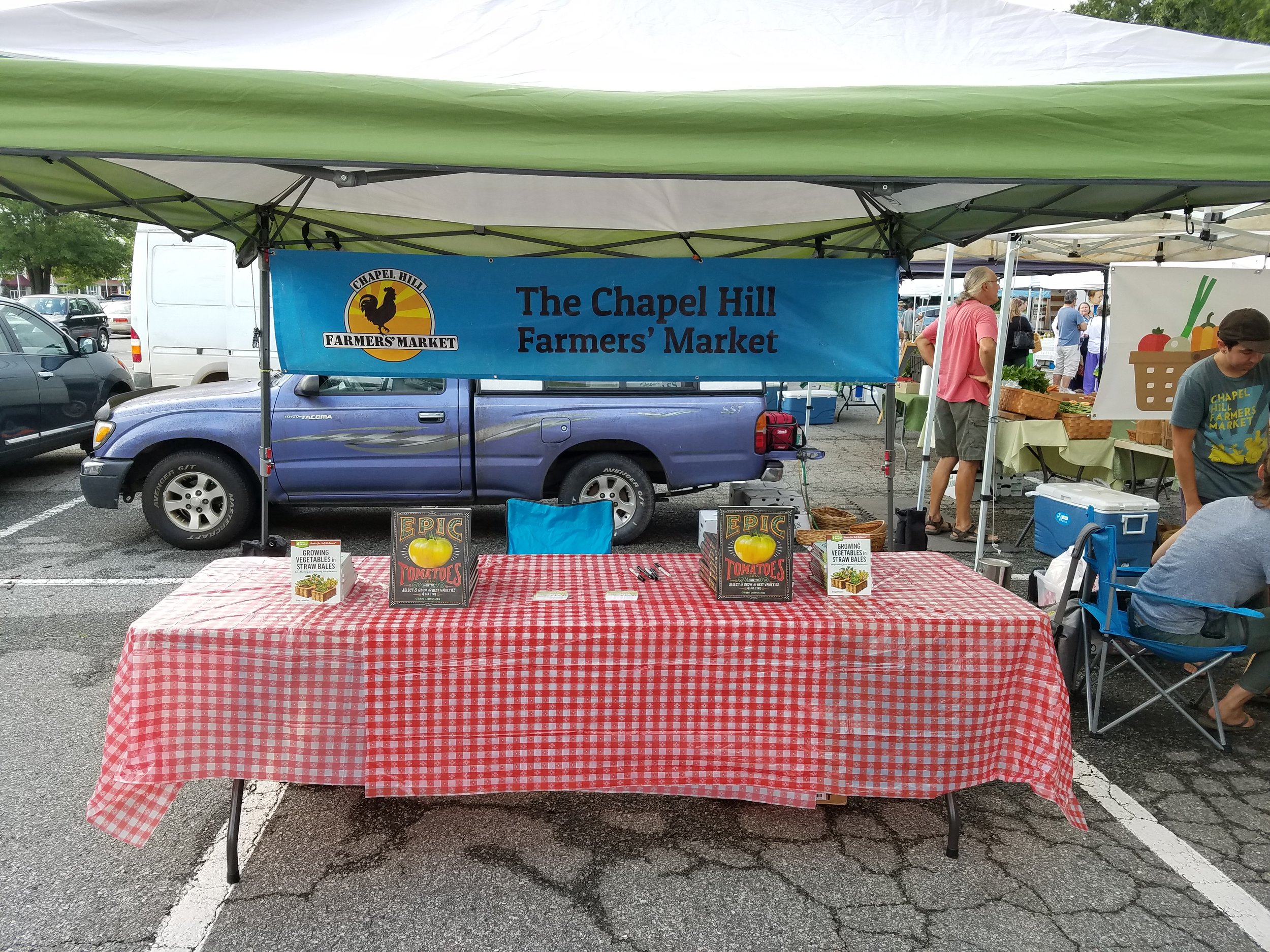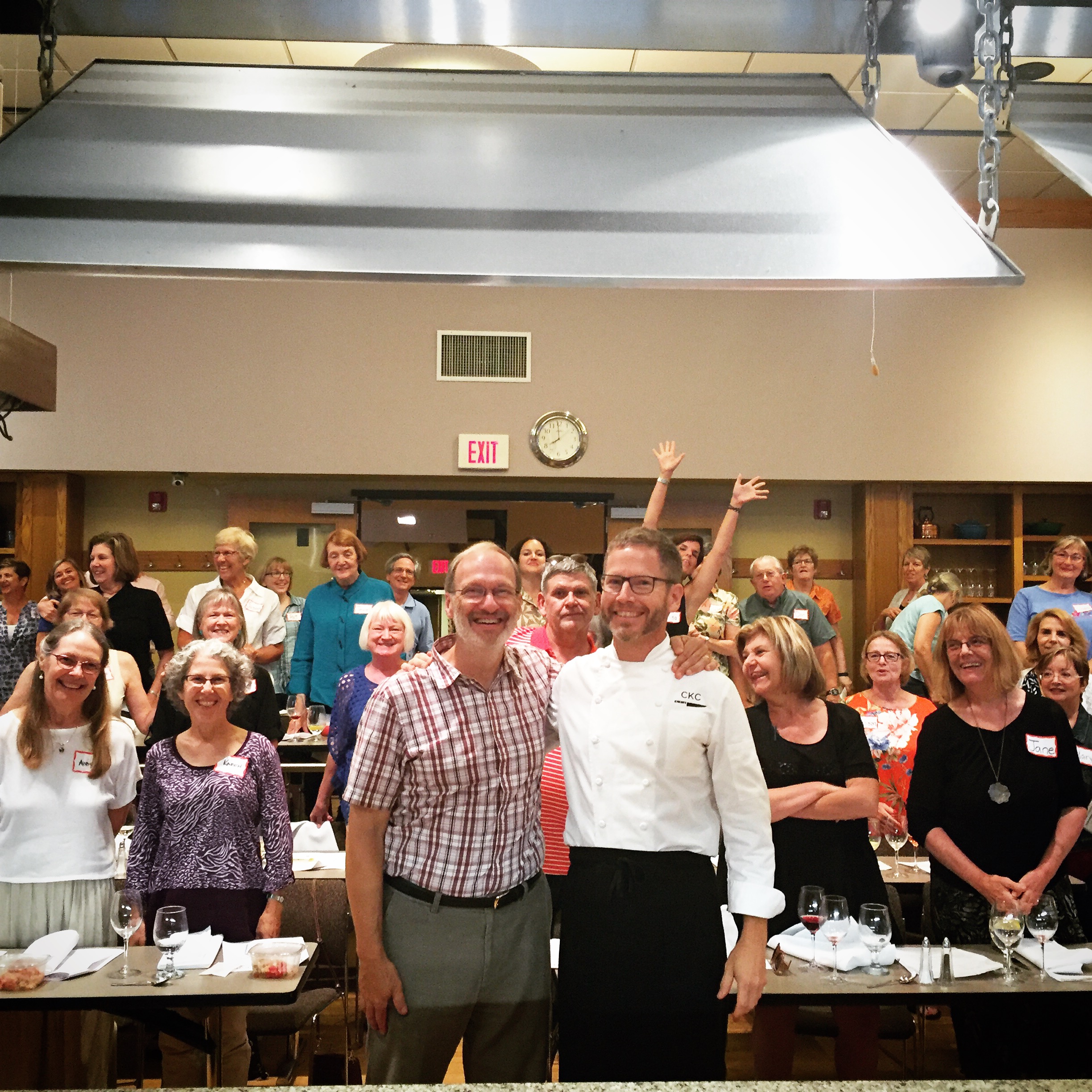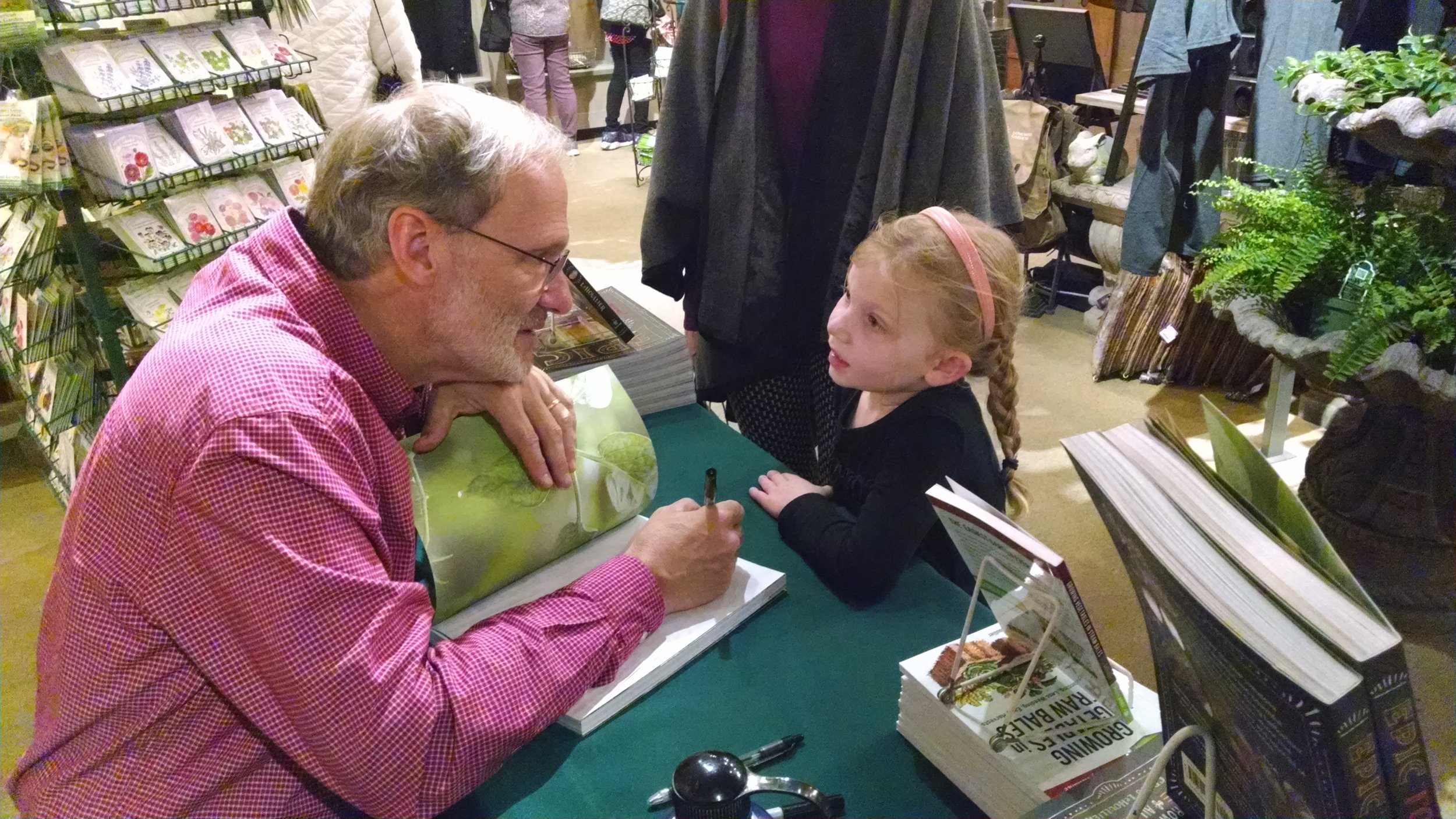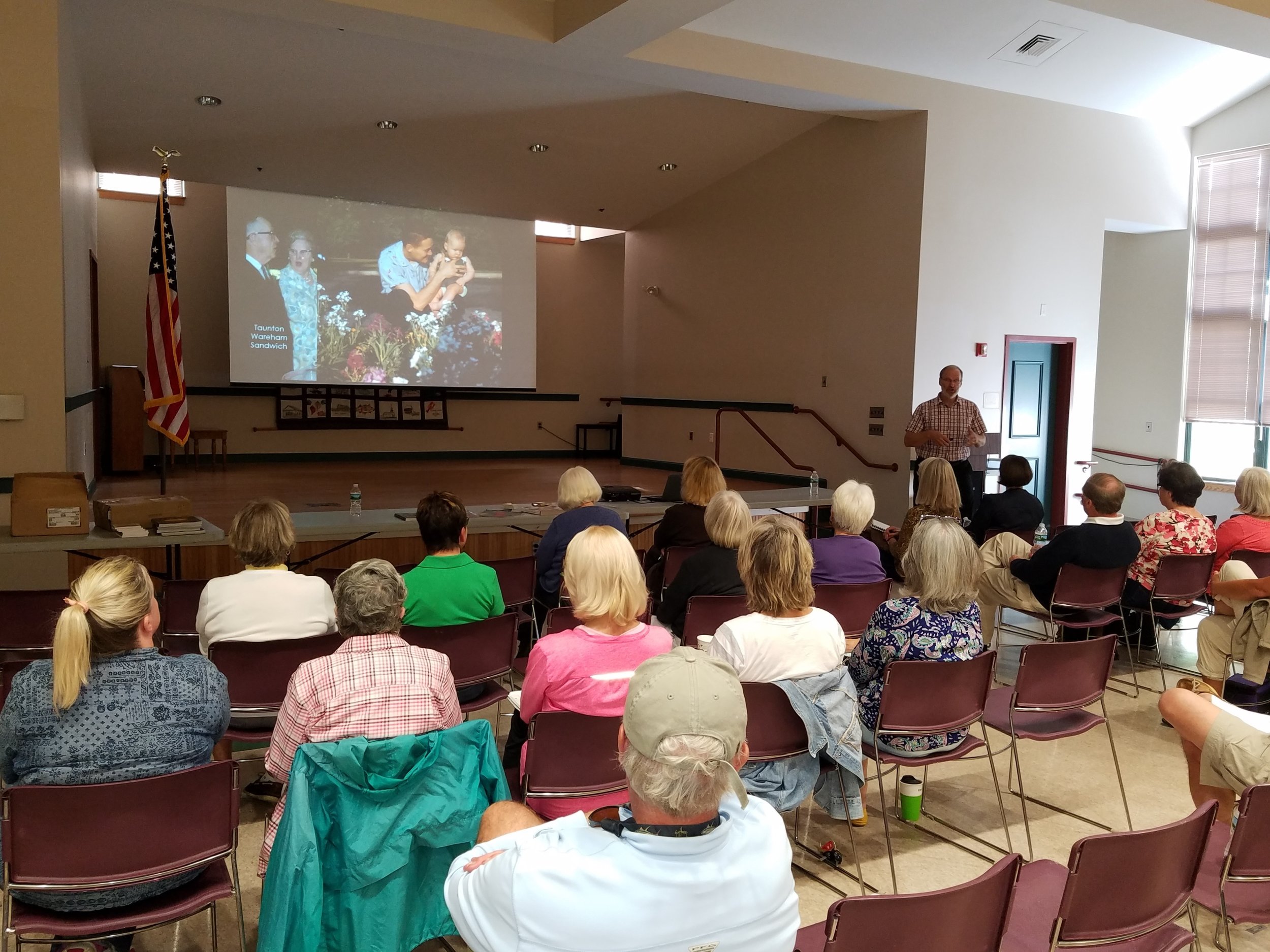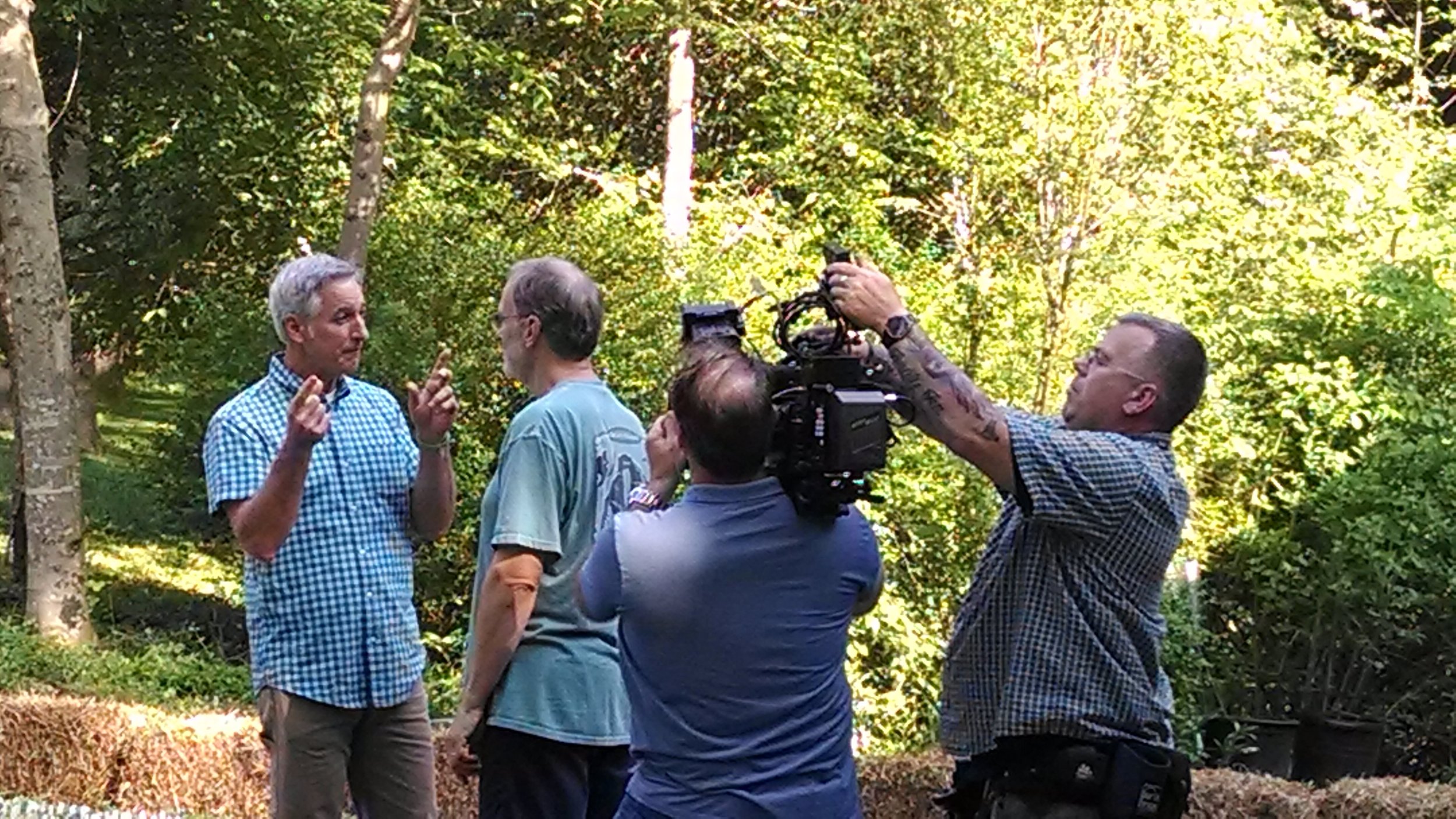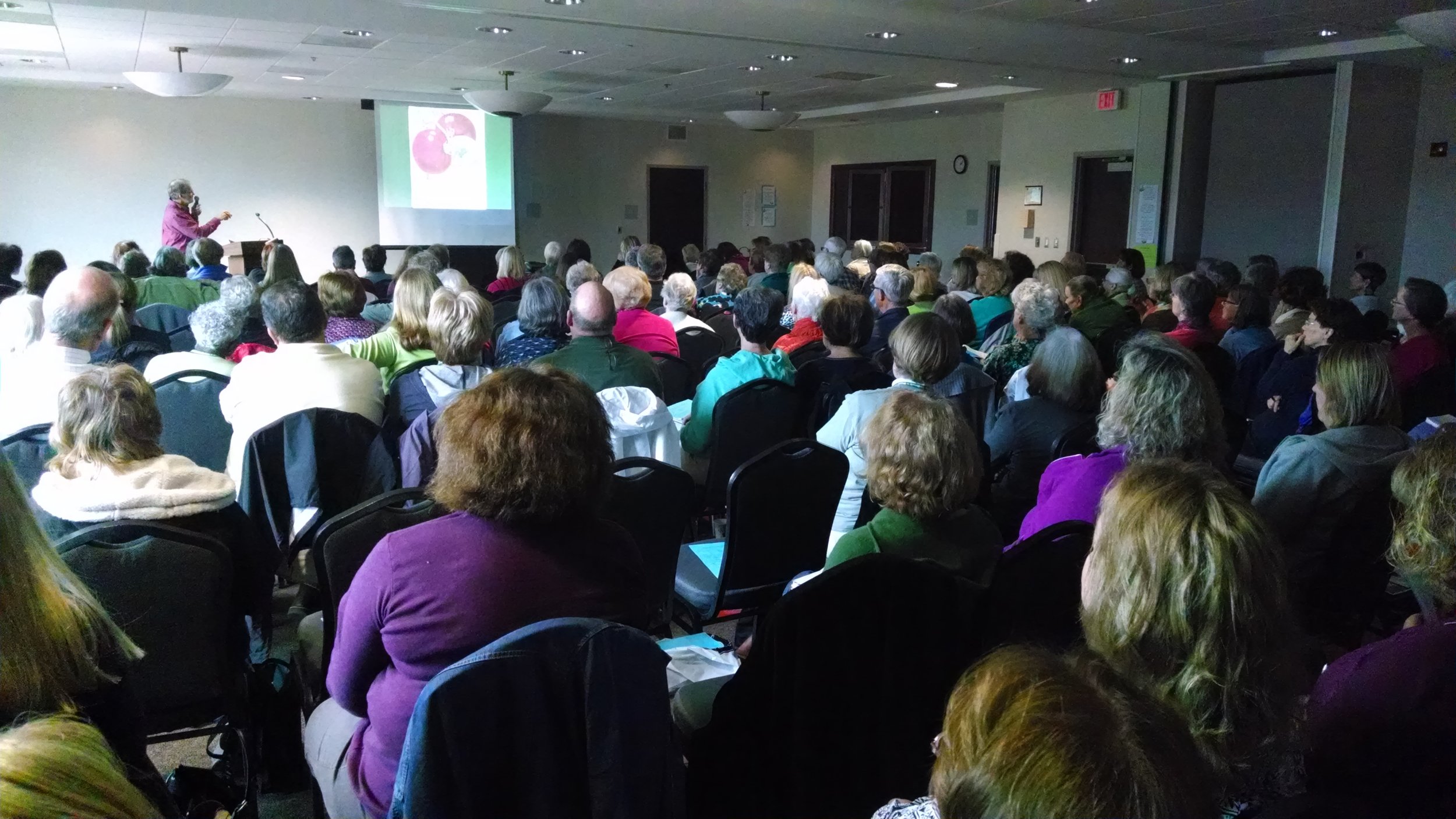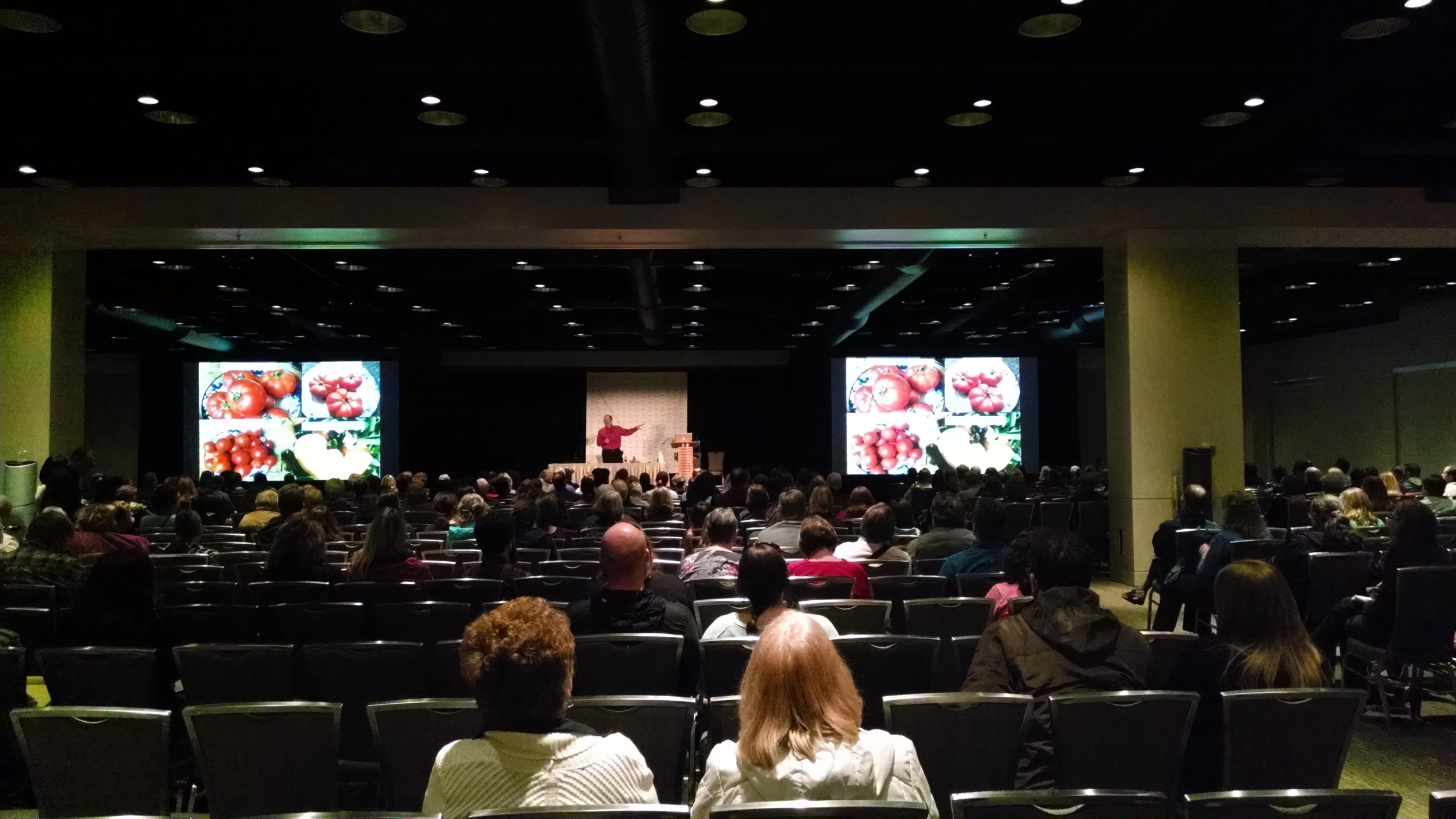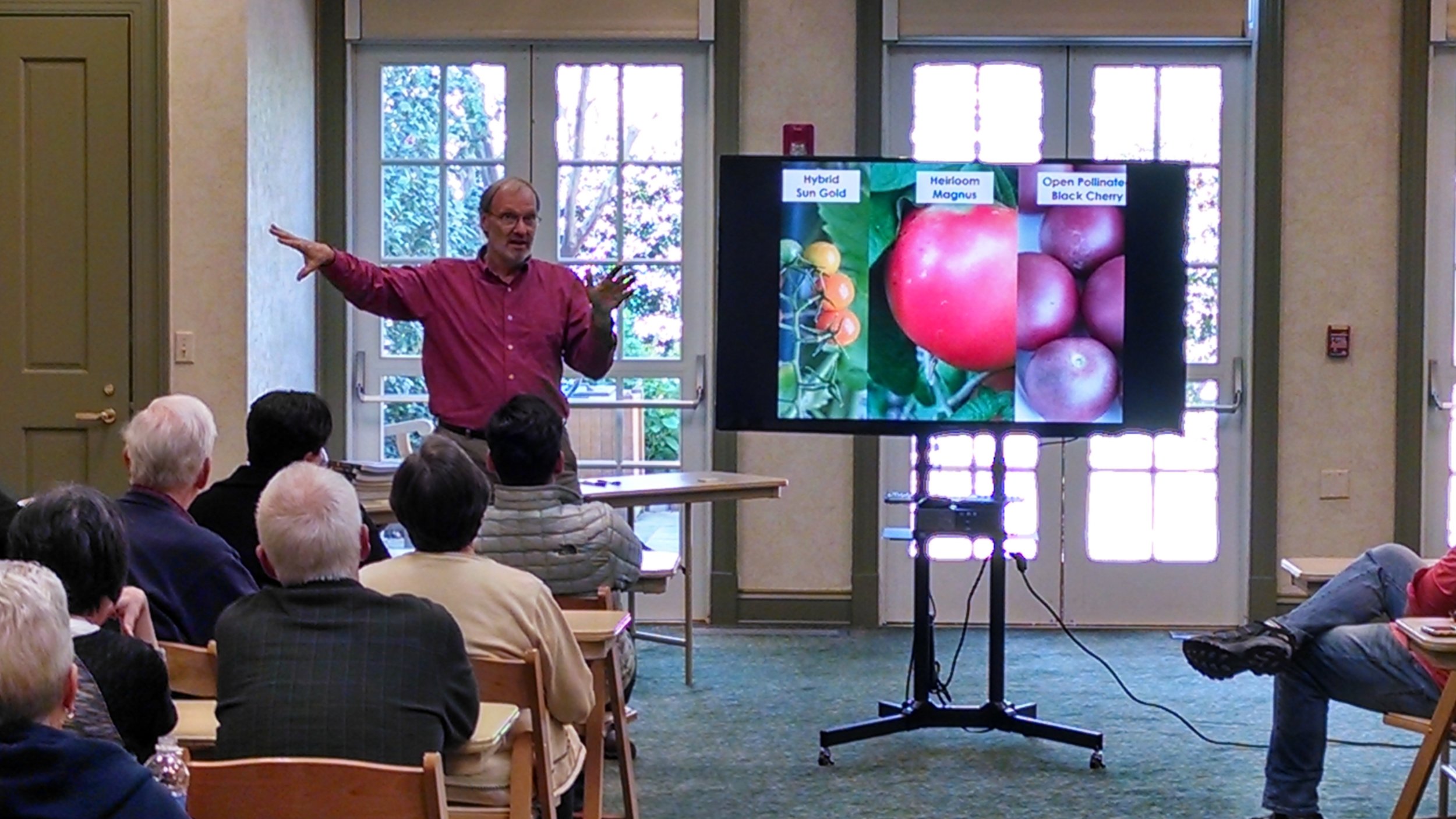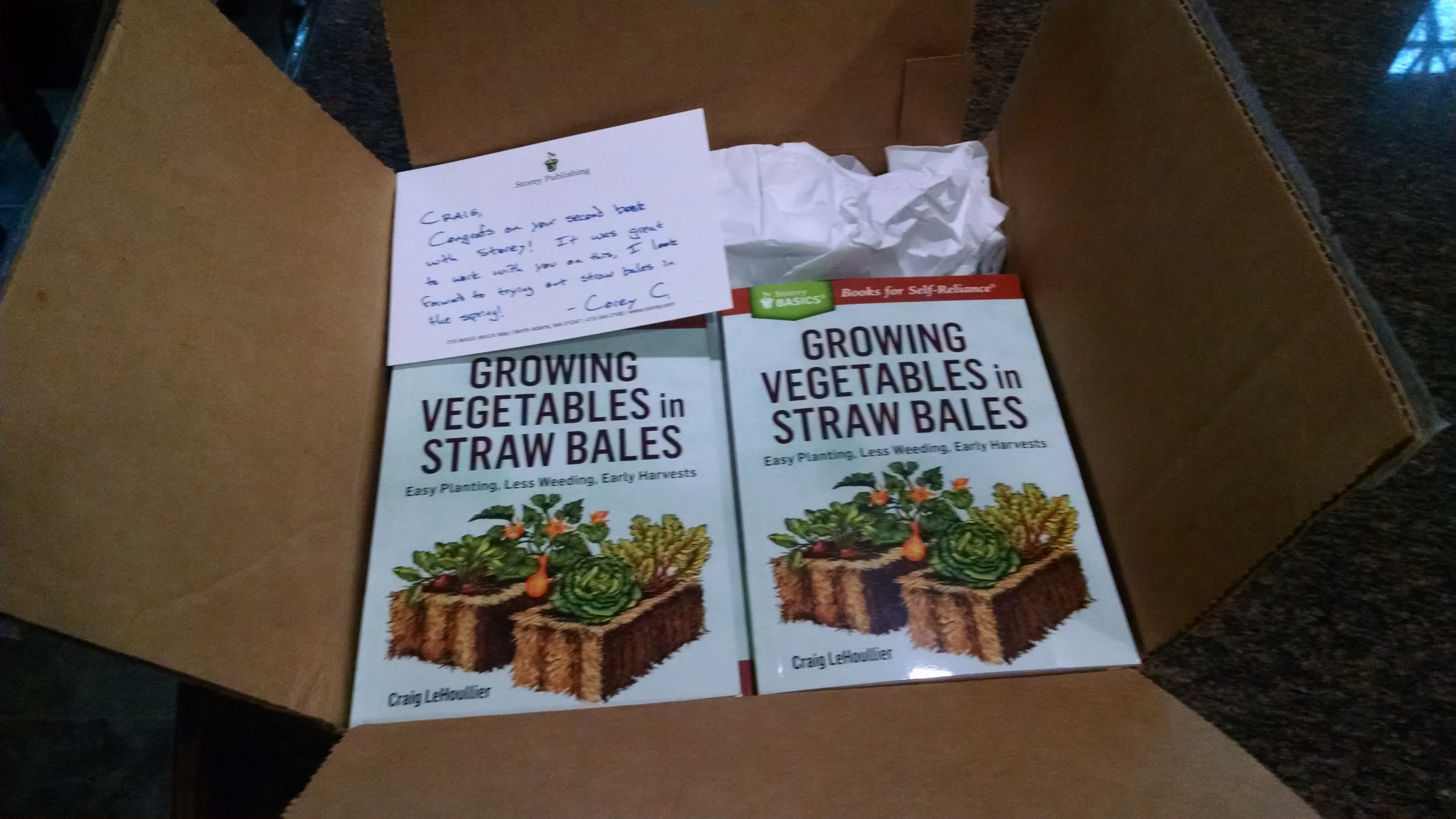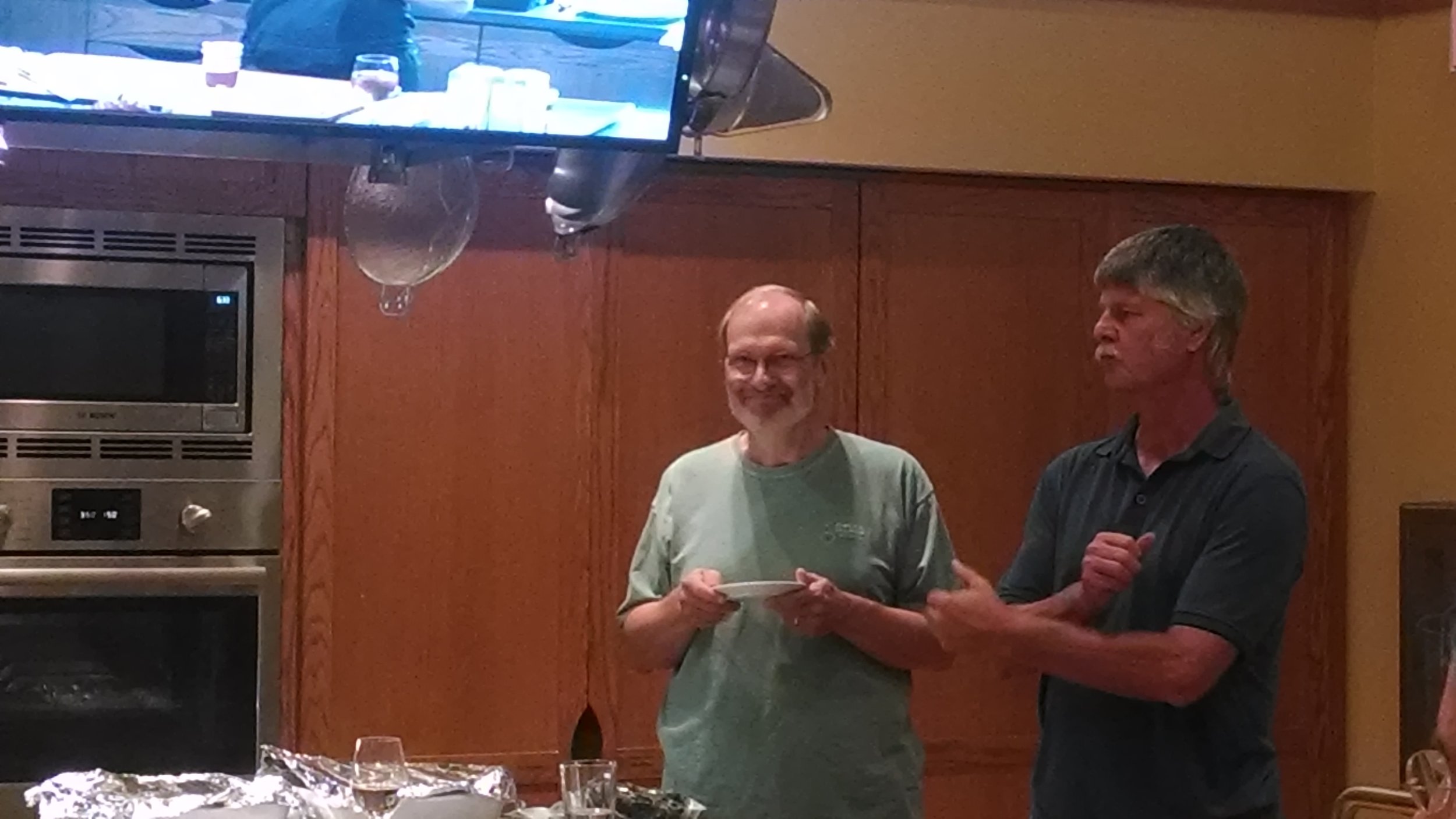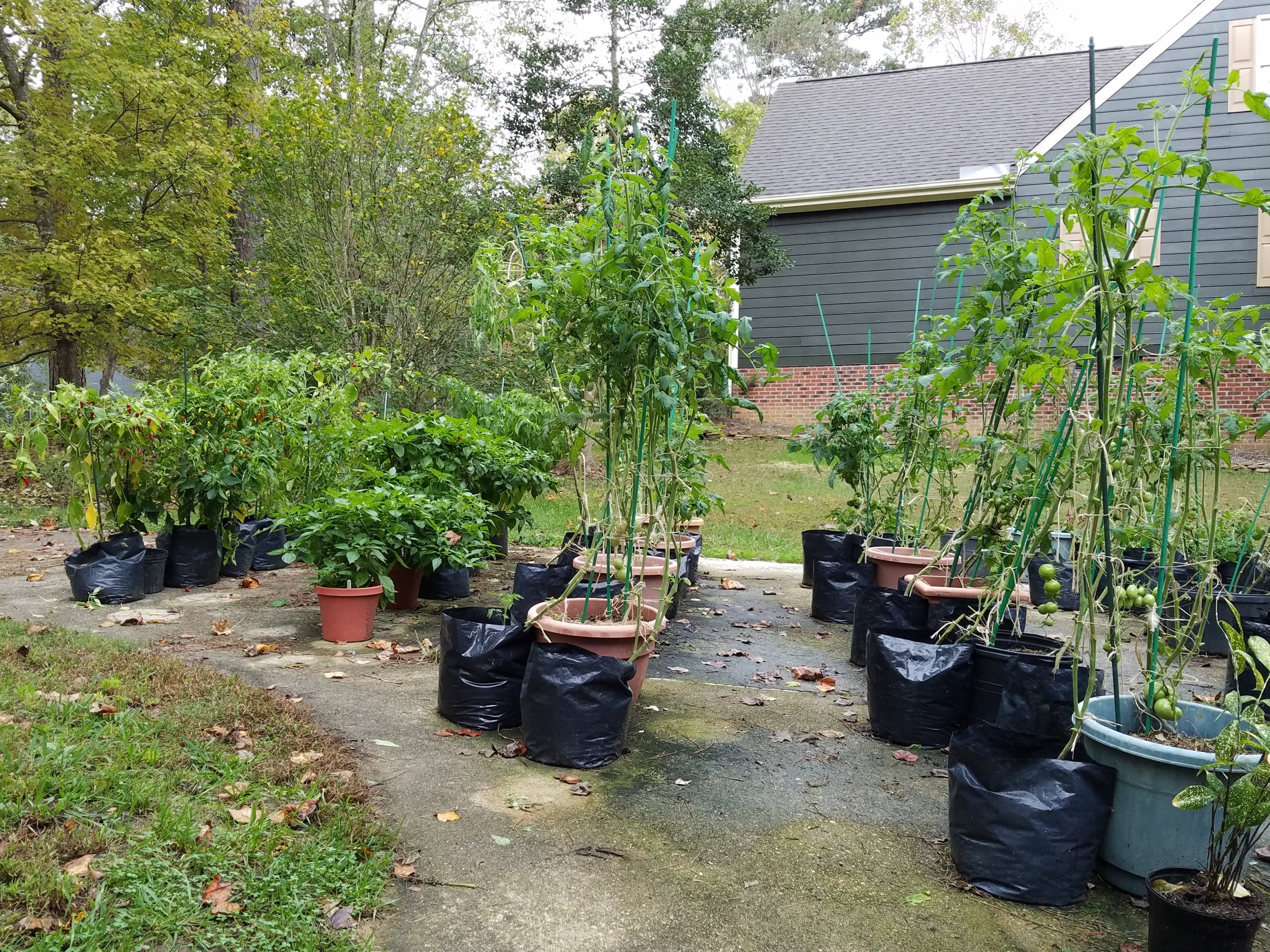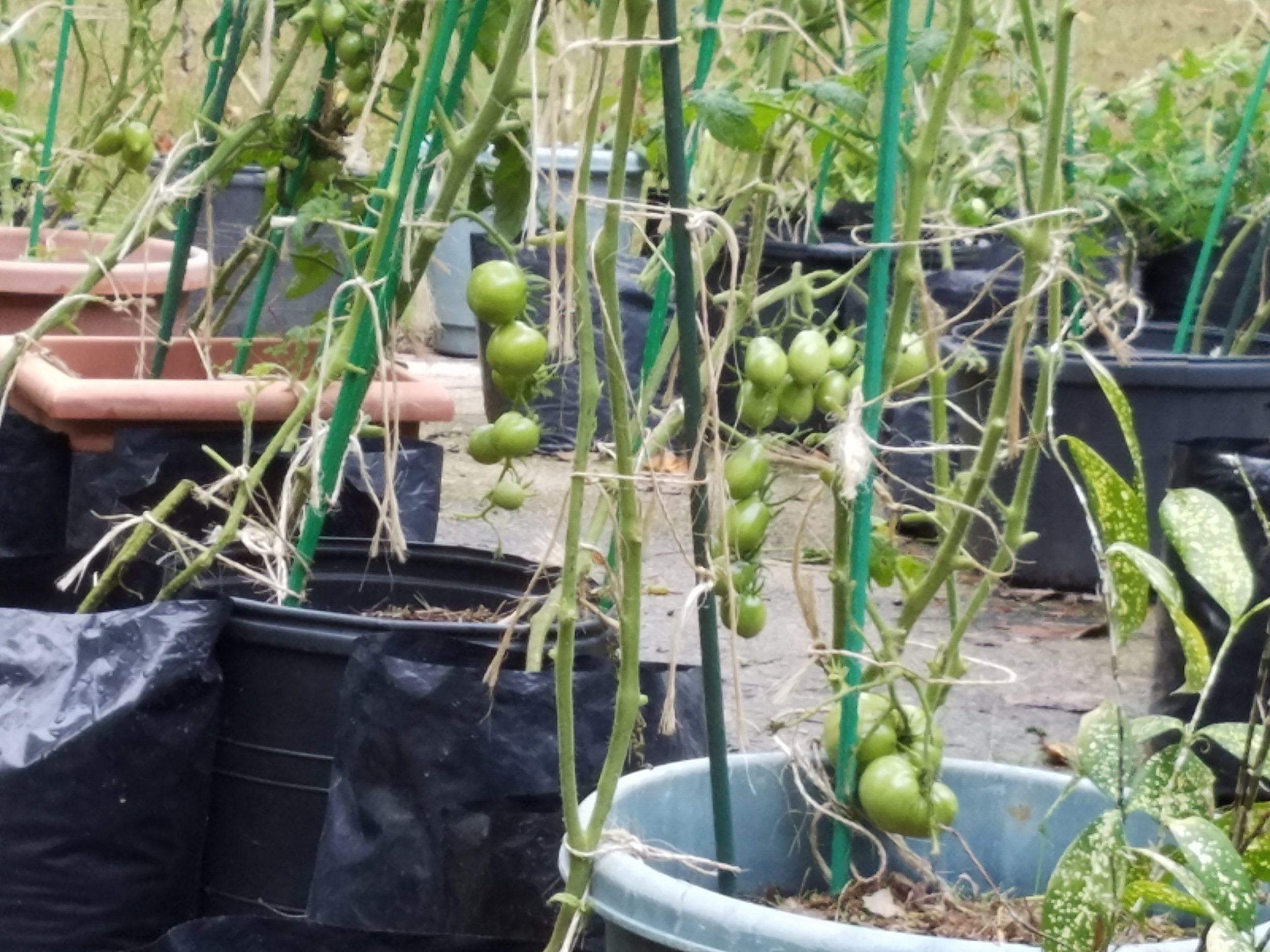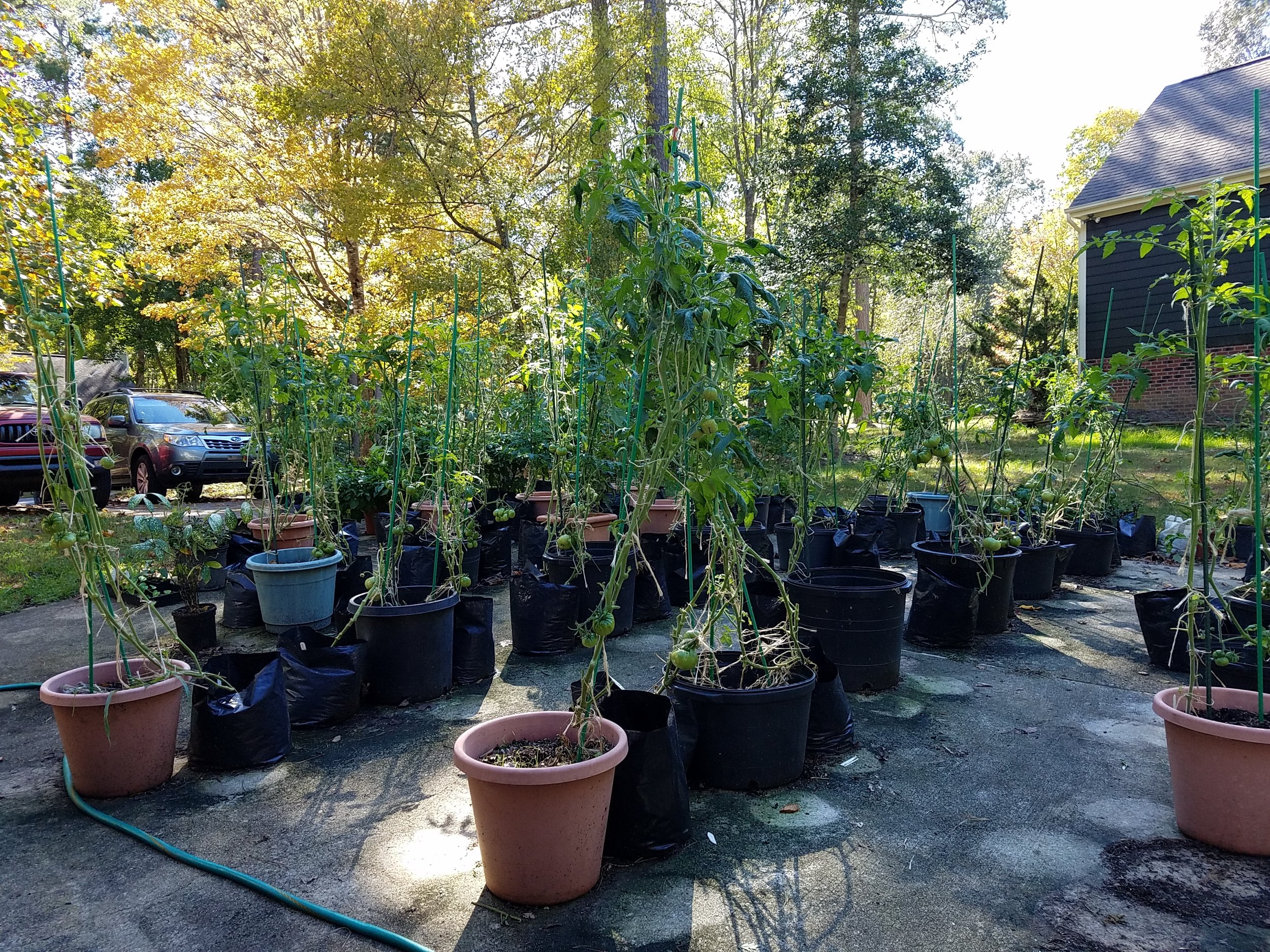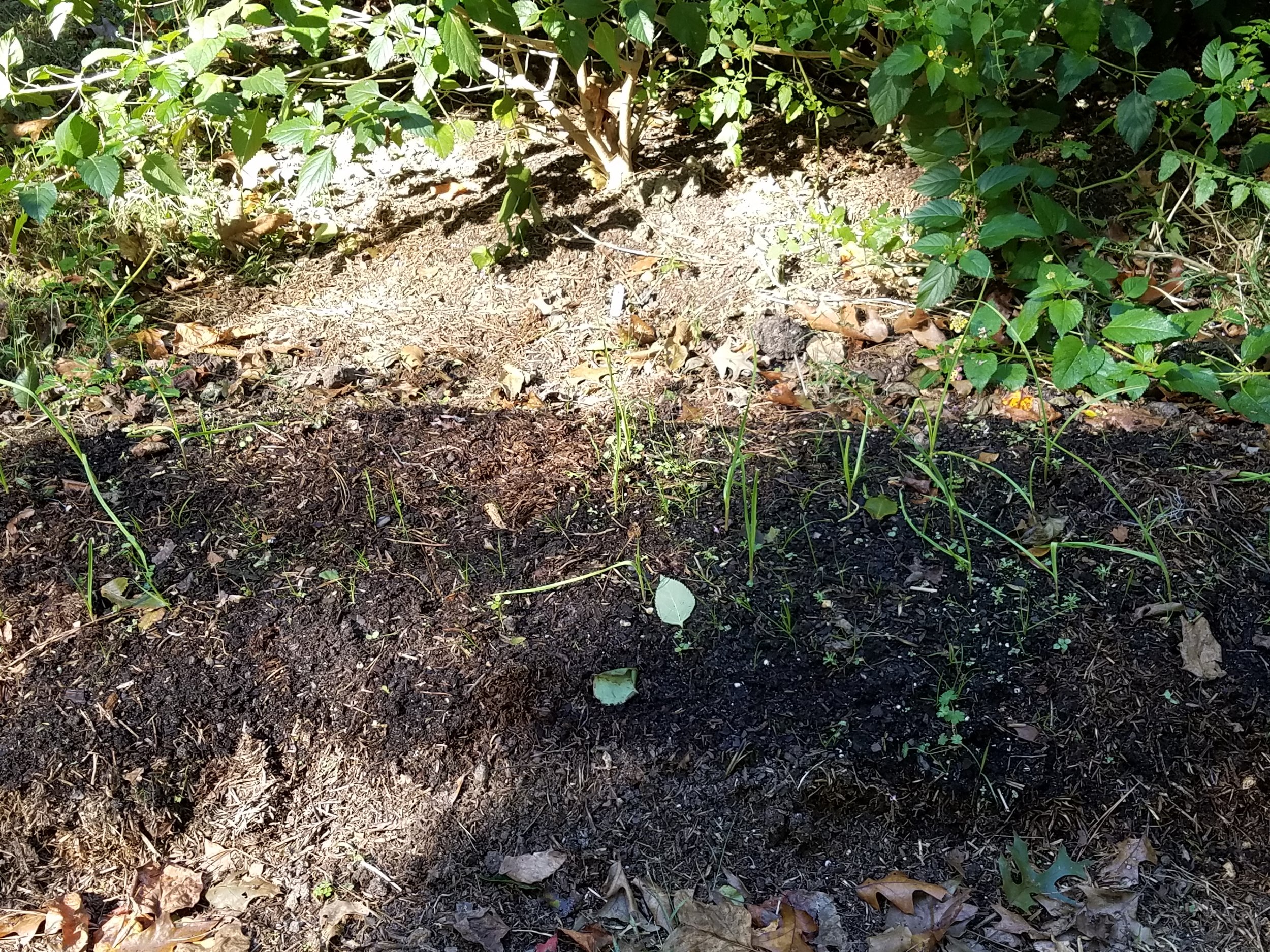The idea for this blog entry came from a discussion with Daryl Pulis during a recording on Tuesday of an upcoming podcast for her show America's Home Grown Veggies. We were discussing what we both observed over the most recent season with our tomato efforts. Daryl keeps track of the daily weather as a way to anticipate her outcomes.
I've always paid attention to the weather, but not to the extent of capturing the data regularly; I just use my memory (always dangerous!) to create an impression of the season. But Daryl planted a seed (pun intended?), and I carried out some data collecting and analysis. The exercise was quite worthwhile, because it seemed to reinforce the strong connection between seasonal weather and results.
Tomatoes can be troubled by temperature (too high and too low), humidity, and lack, excess, and timing of rainfall. Once seedlings are in the ground, low temperatures and wet foliage can, in the presence of the appropriate fungal spores, lead to Septoria leaf spot. Turn the temperature up, and a different fungus raises its ugly head - Alternaria, also known as Early Blight. Plants under stress, such as a heavy fruit set, extreme temperatures, and a deficit or excess of moisture, accentuate such issues.
High temperature and humidity at the time of tomato flowering can lead to poor fruit set and subsequent blossom drop. This is especially true as tomato size increases, with the large beefsteak varieties the most vulnerable of all. Many a seedling customer shares stories of tall, healthy plants of large fruited varieties with very low yields in summers that are very hot.
I put my plants into containers in early May. Given that, in general, the average tomato ripens in 70 days, harvest will begin on July 10. Since it takes about three weeks from open flower to ripe fruit (on average), flowers begin to open about 40 days from planting, or June 10. Since the plants grow about 1 foot per week (in the case of indeterminate varieties, with half that rate for dwarfs or determinate types), the plants will be between 2-4 feet tall, depending upon tomato type, by June 1, and 4-8 feet tall by July 1.
Given all of the above, the months most critical for maintaining healthy growth are May and June. The time span most critical to fruit set is early June throughout July.
And what happened in 2016 in my particular location? May was relatively cool, humid and rainy, setting up conditions for Septoria. June was moderately to very warm and wet, perfect conditions for Early Blight. June was, however, suitable for good fruit set, as the heat was just short of extreme. This matched very well my outcomes; sporadic lower foliage attacks of the two fungi, but very good fruit set. Only my disciplined mulching and removal of lower spotted foliage kept the fungal diseases reasonably at bay.
July and August had modest humidity, but very high heat levels. Fruit set of large tomatoes should have been an issue - and it certainly was. Add to that my frequent travel taking me away from daily care of the garden, which meant less discipline in removing lower spotted foliage, and the reason for the need to remove all plants by early August were very predictable based on the weather.
Finally, here is the data from the growing season that I used for the analysis spelled out above.
May - no days at 90 degrees or above, 16 days at 75% or greater average relative humidity, 12 days of significant rainfall (.2 inches or greater).
June - 11 days at 90 degree or greater temps, 10 days of high humidity, 6 days of significant rain.
July - 24 days of 90 degrees or above, 11 days of high humidity, 7 days of significant rain
August - 23 days of 90 degrees or above, 9 days of high humidity, 7 days of significant rain
September (so far) - 11 days of 90 or above, 7 days of significant humidity, 4 days of significant rain.
What I will do over the coming weeks and months is think about this data - the weather we received, the impacts experienced - and ponder what to do differently. That's a real challenge, because of course the weather is likely to be quite different next year. I will be thinking about timing, possibly staggering, spacing, and other things that can be modified. It is really mostly about arming ourselves with tactics we can employ, no matter what weather we experience, to help us better succeed.
I will certainly share whatever I come up with in terms of a modified set of tactics for next season.

























